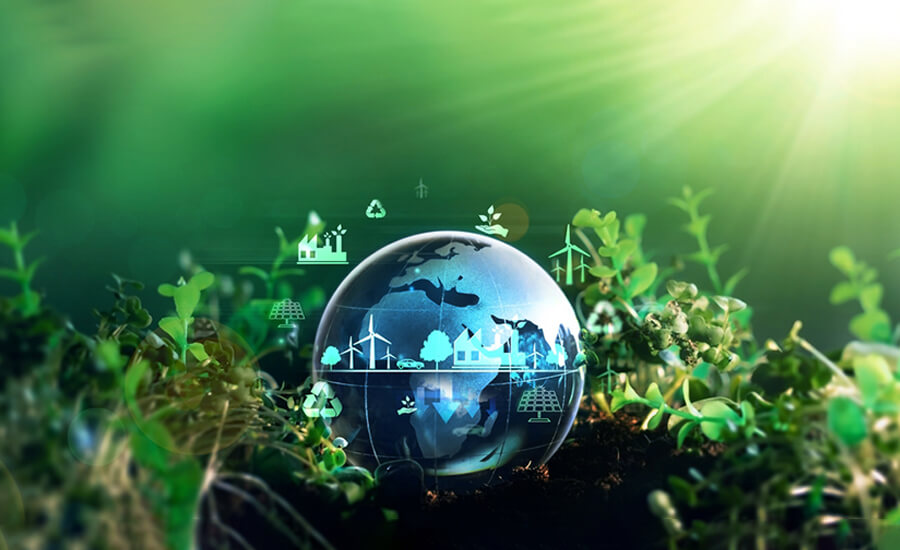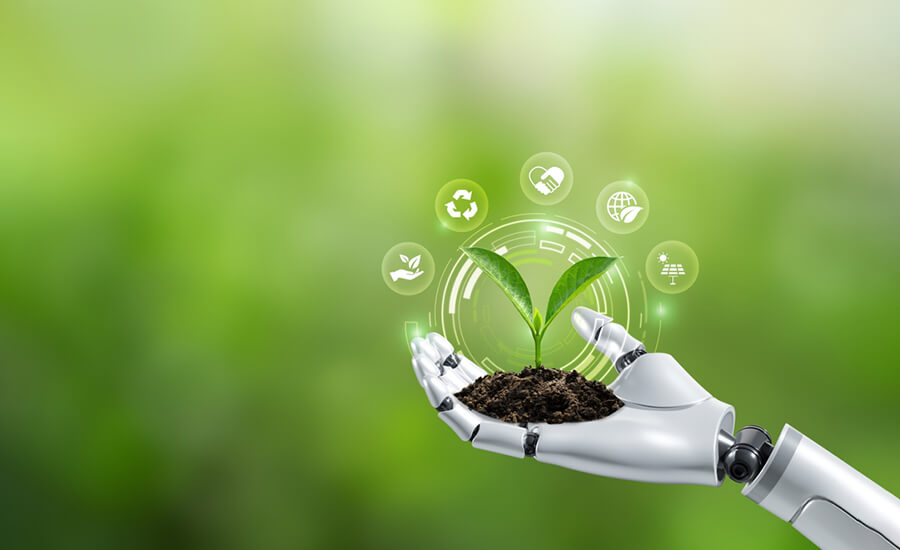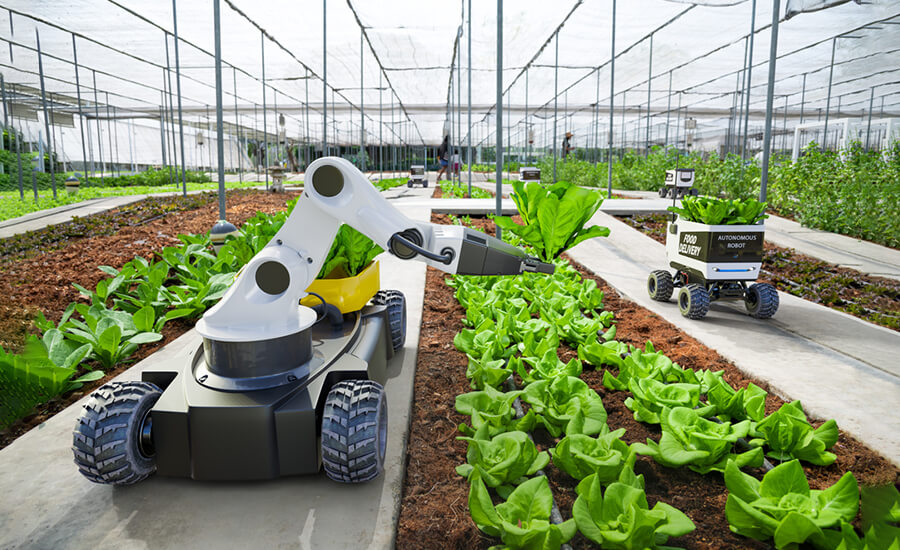In the tapestry of human civilization, agriculture has always held a crucial place, being the primary source of sustenance and a fundamental driving force for societal growth. Today, as we grapple with burgeoning population numbers, climate change, and resource constraints, the agricultural sector faces an enormous challenge – how to feed an ever-growing world population in a sustainable and efficient manner. It’s a grand task, but it’s here that Artificial Intelligence (AI) holds transformative potential.
From an exclusively human perspective, food is not merely a basic need, it’s intertwined with our cultures, economies, and societies. Therefore, any attempt to revolutionize agriculture must go beyond increasing productivity; it must also address social and environmental considerations.
The beauty of AI lies in its ability to learn and adapt, providing scalable solutions to a variety of problems. In agriculture, this could translate to precision farming techniques that reduce resource waste and boost crop yields. AI-driven systems could analyze data from weather patterns, soil conditions, and crop health to make informed decisions about planting, fertilizing, and harvesting.
AI can also play a pivotal role in pest and disease detection. AI-powered drones or robots could identify pests and diseases early on, enabling quick, localized treatment rather than broad application of pesticides and fungicides. This approach could lead to a reduction in chemical usage, contributing to a more sustainable agricultural landscape.
In the supply chain, AI could help reduce food waste, a pressing issue given that about a third of all food produced globally is lost or wasted. AI can help predict demand more accurately, optimize delivery routes, or identify food that is about to spoil.
However, it’s important to remember that AI is not a panacea for all agricultural woes. There are potential pitfalls that need to be addressed. For instance, there’s a risk of AI technologies being inaccessible to small-scale farmers due to high costs or lack of digital infrastructure. Ensuring equitable access to these technologies is key to avoiding a digital divide in agriculture.
Moreover, as we integrate AI into farming, it’s essential that we don’t overlook the human farmers behind the food we eat. The adoption of AI should aim to complement and empower farmers, not displace them.


We are at the cusp of an AI-driven agricultural revolution, and it’s up to us to shape it in a way that benefits all. We must strive for a future where AI in agriculture doesn’t just mean higher productivity, but also encompasses better sustainability, greater equity, and enhanced livelihoods for farmers.
As we navigate this path, it’s important that we keep our human worldview at the forefront. If we shape AI in the image of our shared human values, it can indeed become a powerful ally in our quest to feed the future.

